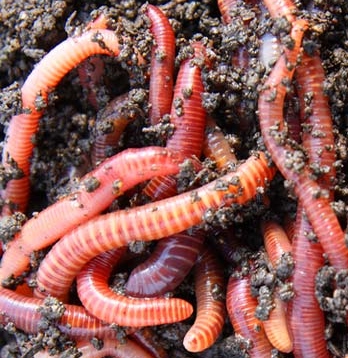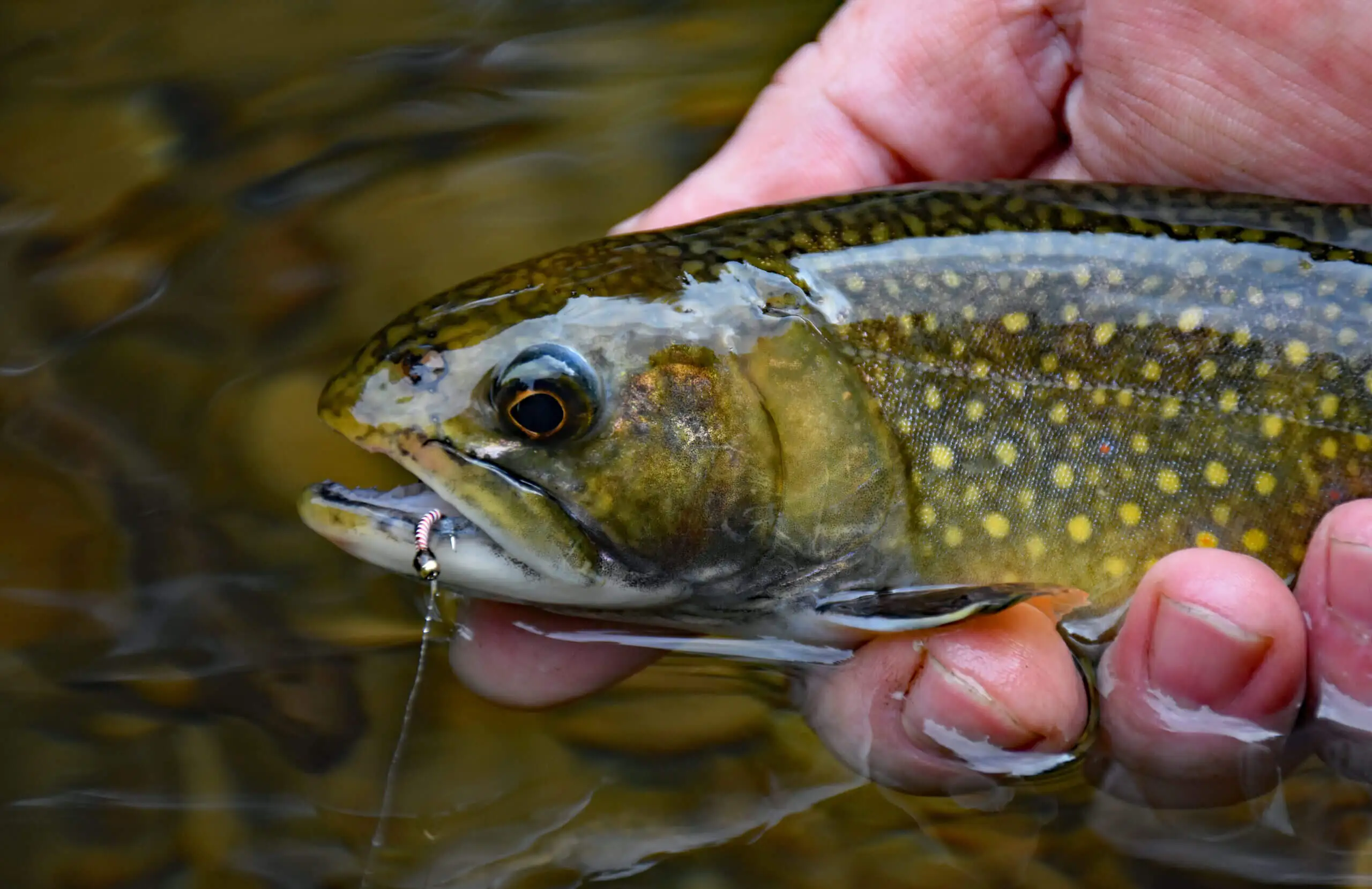About Where To Find Red Wigglers
About Where To Find Red Wigglers
Blog Article
Top Guidelines Of Where To Find Red Wigglers
Table of ContentsThe 15-Second Trick For Where To Find Red WigglersHow Where To Find Red Wigglers can Save You Time, Stress, and Money.4 Easy Facts About Where To Find Red Wigglers ExplainedWhere To Find Red Wigglers Fundamentals ExplainedHow Where To Find Red Wigglers can Save You Time, Stress, and Money.Getting The Where To Find Red Wigglers To Work
For ideal outcomes, you wish to aim for regarding 60-70% dampness level. The simplest examination for this is to squeeze a handful as hard as you can. At the perfect dampness levels which is just under 70% that handful must hardly produce one drop of fluid. pH in a worm container is rather simple to keep.
The Indian Blue is ravenous, however also prefers a warmer environment and it additionally displays a propensity to escape the container. The red wiggler is a sturdy worm and isn't as particular about its climate. I such as to call it the Ford Taurus of vermicomposting worms; you won't brag to your hardcore composting buddies that you have them, but they will certainly serve you well.
Like any kind of various other bait, a worm's efficiency has come to depend on its discussion. H.G. "Faucet" Tapply underscored this point nearly a half century back in one of his Field & Stream columns. "A worm is such an unformed creature," he created, "there does not appear to be really a lot an angler can do with it except stab it on a hook and throw it into the water." As Faucet demonstrated, a fishermen can do a good deal to make a worm a lot more appealing.
Getting My Where To Find Red Wigglers To Work
I assume you will certainly too if you attempt them. The smaller sized the trout stream, the far better worms work is an axiom that hasn't transformed in the 100-plus years considering that Perry wrote his post. Anglers of his era simply stuck their weak fly poles with alder tangles and dropped a weighted worm right into a deep opening.
Early morning is prime feeding time, and the weightless bait's sluggish descent leaves 5 inches of agonizing protein in full sight for a long time. After you have actually made the actors, maintain the bail open and put the rod in a forked stick. The line will diminish the rod in sluggish loopholes as the worm resolves, yet usually the slow loopholes will end up being a blur, and the early morning will all of a sudden get rather interesting.
You can fish deep and cover a great deal of territory, and the spider seems to be the excellent touch for this transitional time, when the smallmouths have yet to secure on to a favored forage. Dark jigsblack, brown, and purpleseem to match the nightcrawler's color. I usually use an entire 'spider, favor marabou clothing, and go down the pole for 2 or 3 seconds when I obtain a hit.
And differentiating base from a bite can be difficult. The method is to relieve the pole back to the strike (perhaps a foot) and feel for life at the end of the tightening line. If it's there, established the hook with a sweep instead of a jerk. As soon as in a while you'll find on your own hooked to those slow, passionate tugs, and really feel the weight of a nice walleye.
Indicators on Where To Find Red Wigglers You Should Know
When the hefty walleyes go on to the big-water shoals in the late summer, attempt going after them with a bucktail jig and a 1-inch pinch of nightcrawler. The lure covers the hook factor, disperses weeds, and uses a preference of prey. With absolutely nothing dangling or flapping, it continues to be secure no matter current, casts, or enthusiastic panfish.
Whether you're wading or fishing from a watercraft, drifting worms is among the wonderful browsing techniques for bigger rivers. For trout, a spade-dug, 4-inch yard worm is the ideal size; for bass, walleyes, and steelhead, a nightcrawler might be a better choice. The trick is to wander the bait via feeding and holding areas since fish in current are not going to ferret out the bait, as they may in still water.
Fish the changes: mouths of tributaries, bank-side slicks, and the edges of huge pools. His rule uses to any type of number of angling maneuvers, consisting of the issue of including an item of worm to a damp fly.

Some Known Facts About Where To Find Red Wigglers.
Load it with shredded newspaper, leaves, peat moss, and dirt. Moisten gently. Cover and let sit for a week. Add a few hundred worms and feed them two times a week. Keep the bedding moist but not wet. On the menu: lettuce, vegetables and fruit waste, and the occasional nongreasy extra.
Simply like veggie scraps, you can take your made use of coffee grounds and add them to a worm box. Worms like eating coffee premises. With the right conditions and damp, healthy dirt, worms can reside in a bucket of dust for around 3 weeks. Shop out of direct sunlight and maintain a temperature level between 50 and 80 degrees.
When the hefty walleyes move on to the big-water shoals in the late summertime, try pursuing them with a bucktail jig and a 1-inch pinch of nightcrawler. The bait covers the hook point, deflects weeds, and provides a preference of target. With absolutely nothing dangling or flapping, it remains safe and secure no matter current, casts, or ambitious panfish.
Getting My Where To Find Red Wigglers To Work
Whether you're wading or fishing from a watercraft, drifting worms is among the excellent browsing techniques for larger rivers. Where To Find Red Wigglers. For trout, a spade-dug, Website 4-inch yard worm is the right resource size; for bass, walleyes, and steelhead, a nightcrawler might be a far better choice. The secret is to wander the lure with feeding and holding areas because fish in existing are not mosting likely to chase after down the bait, as they could in still water
Strikes will certainly come as a sharp pull as opposed to a pull or rap. Fish the shifts: mouths of tributaries, bank-side slicks, and the edges of large pools. As the late Ed Zern, Field & Stream's excellent satirist, once put it: Anglers are birthed honest however they overcome it. His rule relates to any type of number of angling maneuvers, including the issue of adding a piece of worm to a damp fly.
Yet increasing your own lure means you can unclothe the home and hit the pond prior to Mom comes homejust like in the old days. Right here's how to keep a worm box: Cut a sheet of CDX-grade plywood, which is made with waterproof glues, to your measurements. Accomplish with each other and drill a lots 12-inch holes in the base for water drainage.
Not known Facts About Where To Find Red Wigglers
Fill it with shredded paper, leaves, peat moss, and soil. Moisten lightly. Cover and allow rest for a week. Add a couple of hundred worms and feed them 2 times a week. Keep the bed linen damp but not damp. On the food selection: lettuce, fruit and vegetable waste, and the occasional nongreasy surplus.
Simply like veggie scraps, you can take your utilized coffee grounds and include them to a worm box. Worms love consuming coffee premises.
Report this page